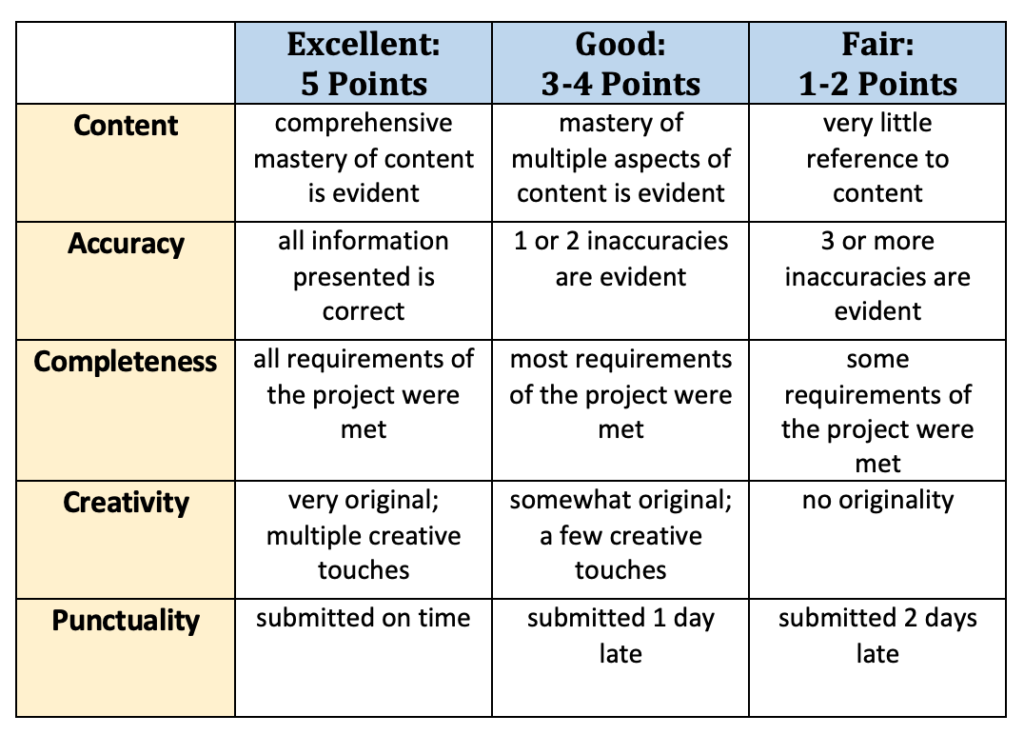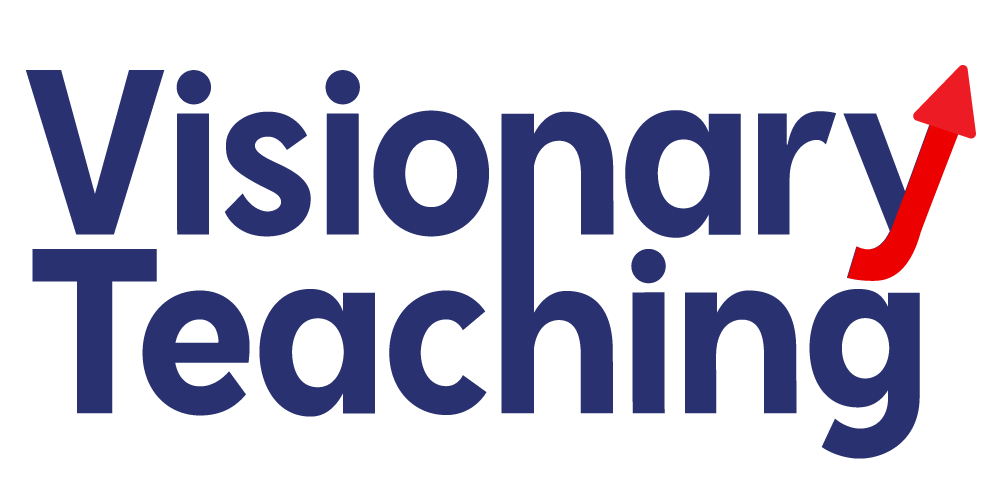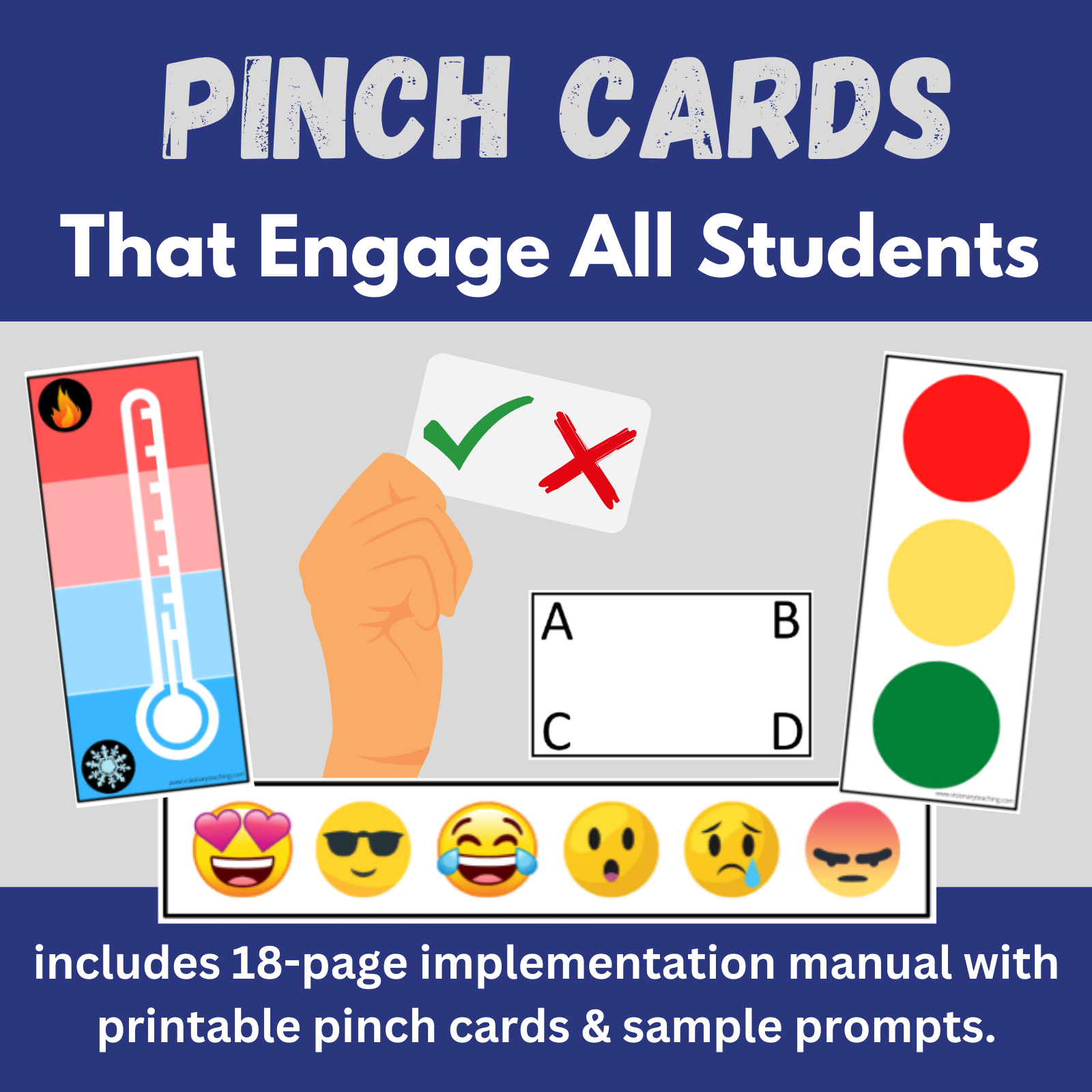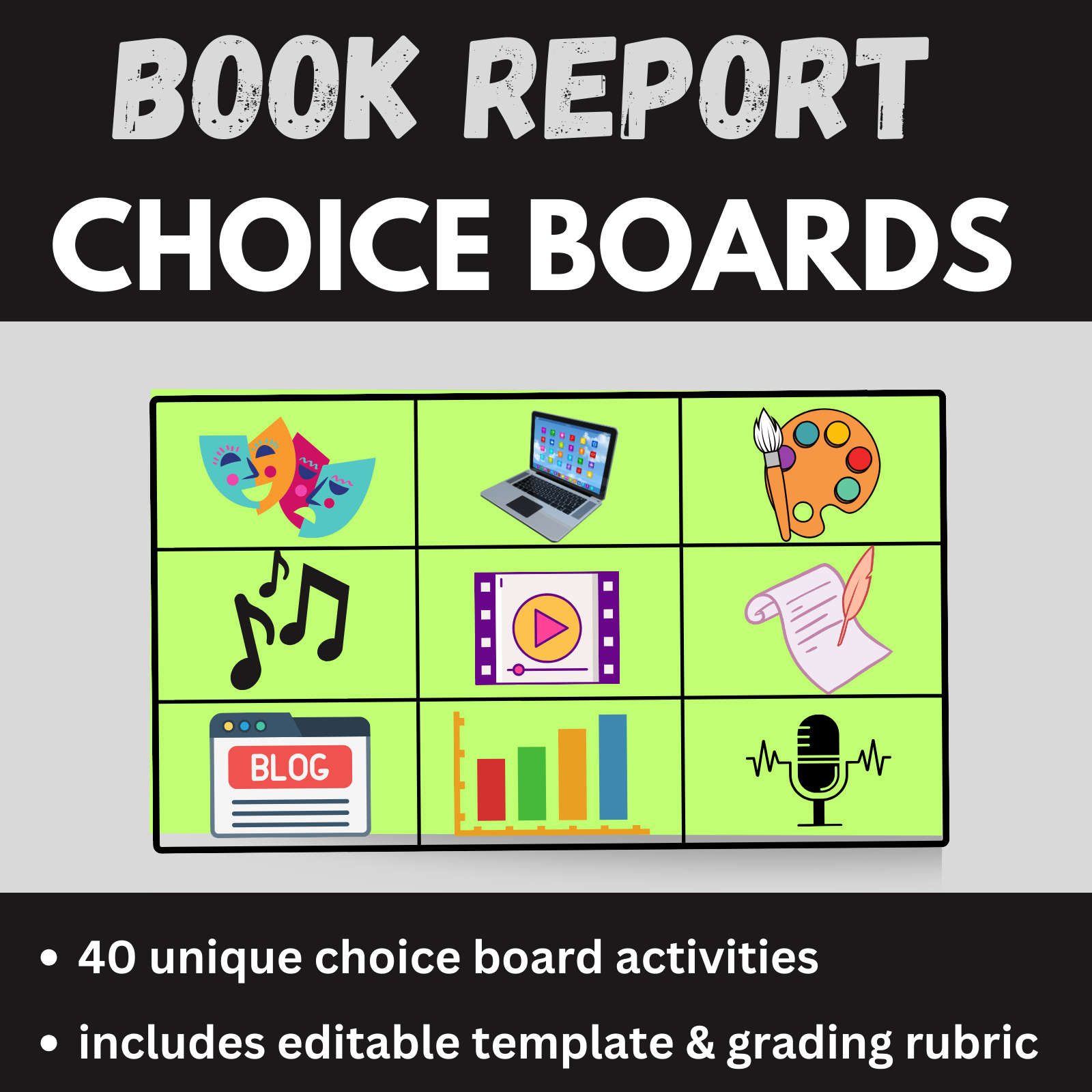
Using choice boards just makes sense! Every individual student represents a unique blend of strengths, interests, needs, experiences, and background knowledge, so it stands to reason that a one-size-fits-all approach to assessment is not ideal. Giving students some choice in how they are assessed is beneficial in a number of ways.
We likely all know somebody who refers to themself as a person who “doesn’t test well.” This usually means that they struggle with memorizing facts or that they succumb to the pressure of timed tests. What is our goal, as educators? Are we trying to create an assessment that only a percentage of our students can master or are we trying to get a true snapshot of each child’s understanding of the content that we taught?
Further, it becomes far too easy to place a premium on students’ testing achievement. I would argue that our true task is to ensure that they are able to retain and apply the knowledge that has been learned.
Let’s explore some options that allow our students to do just that. After that, check out some specific choice board examples that are available for download.
What are Choice Boards?
Choice Boards are typically presented as a grid of various teacher-approved activities that students can use to demonstrate mastery of content. The idea is to offer enough variety so that every student might select an option that plays to his strengths and interests. The number and types of options are up to you, the educator. I have typically seen Choice Boards used in one of three ways:
1) Single-Session Activities
The teacher offers a Choice Board with a number of short tasks that either ask students to explore new material or apply previously-learned content. These tasks are completed during a class session.
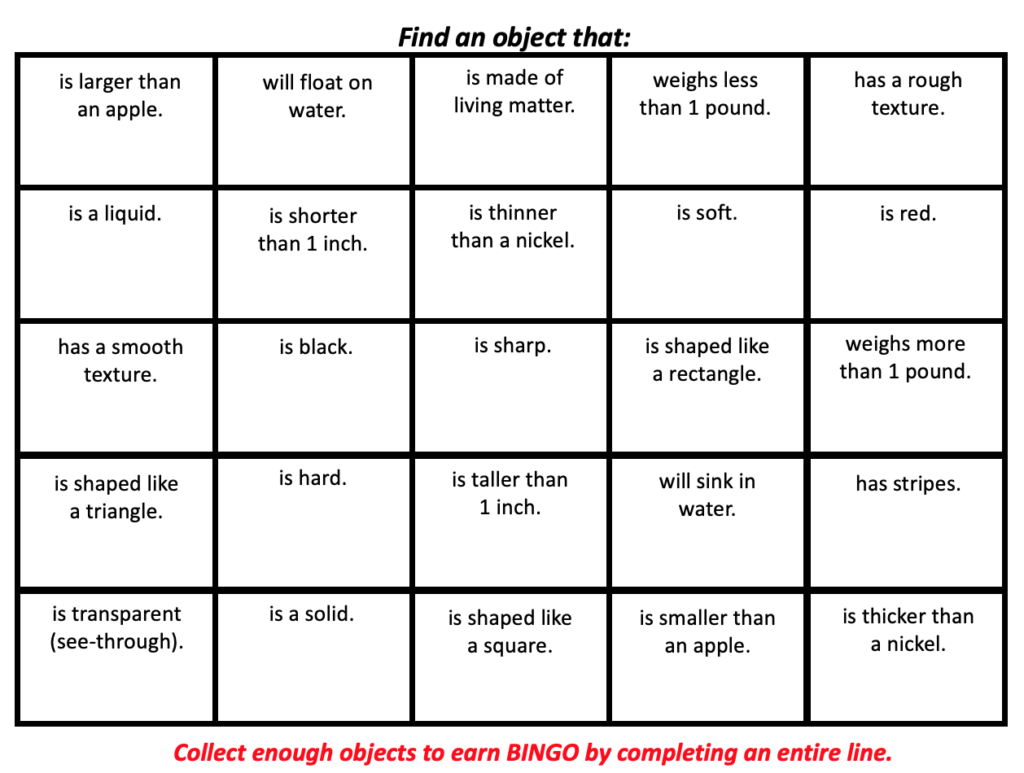
2) Multiple Activities
In this option, a Choice Board is given at the beginning of a unit and students are tasked with completing a number of relatively short activities by the due date. Unlike the Single Session Choice Board, these activities are typically completed outside of class.
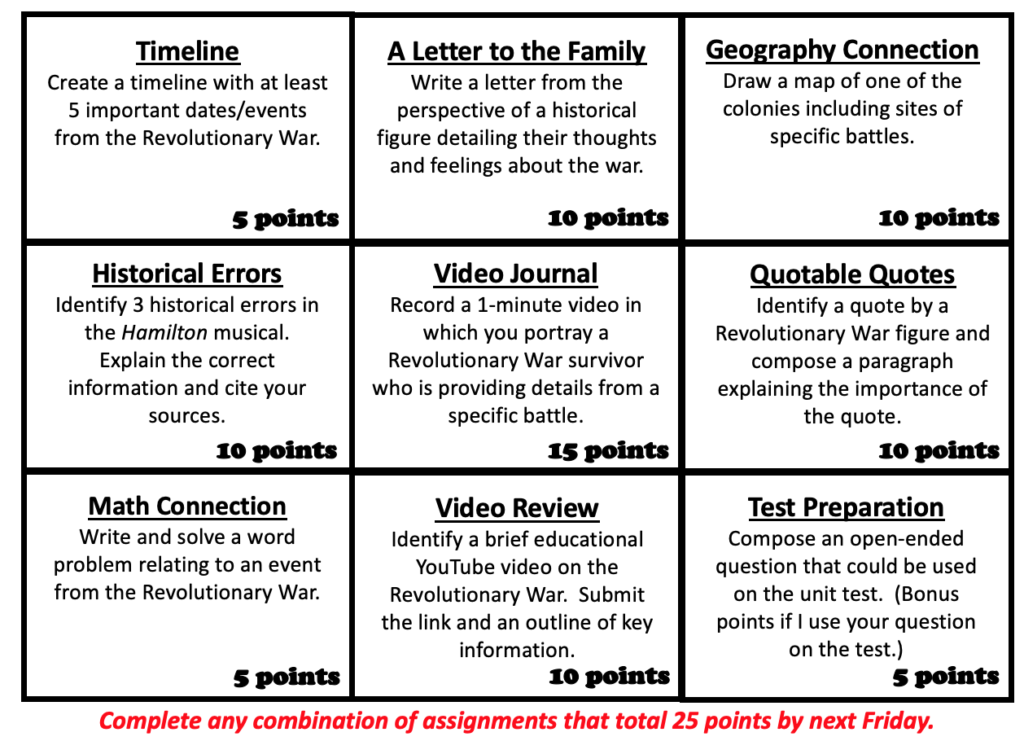
3) End of Unit Assessment
The teacher offers a number of larger project options that would take the place of a traditional end-of-unit test. The student is typically given a couple of weeks or more to select and work on the project on their own time. Each option should allow students to thoroughly demonstrate mastery of content.
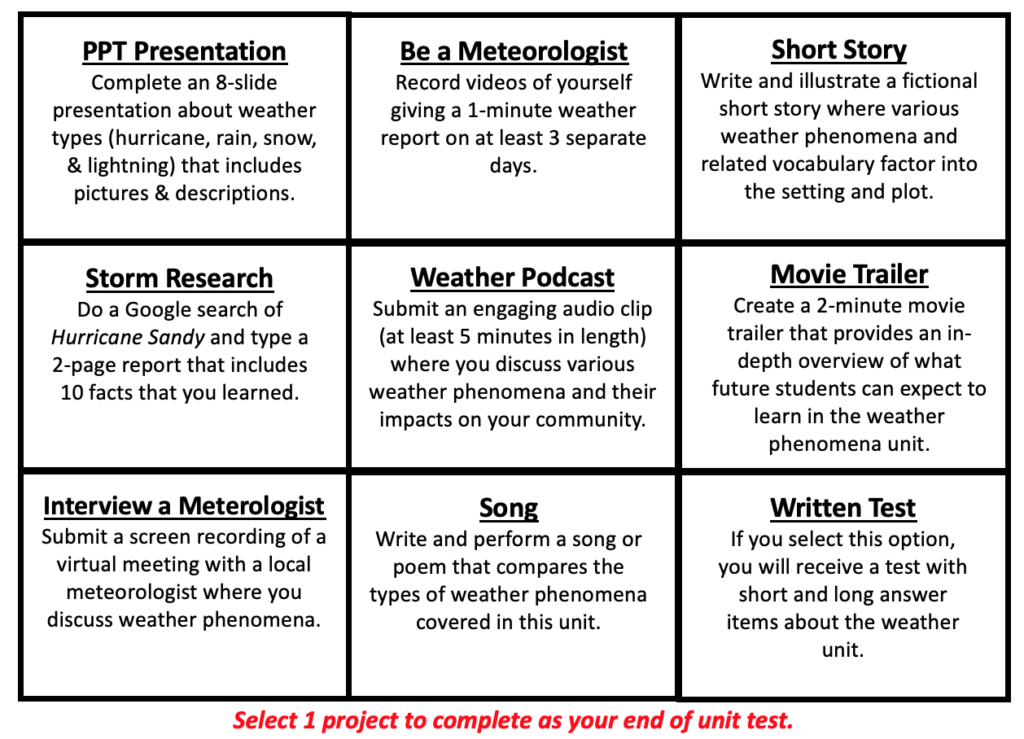
Why should I use Choice Boards?
When students have some choice in how they will demonstrate their knowledge, they are likely to be more motivated. Having choice may also reduce fear and anxiety. For example, one student might love the opportunity to write and perform a song or speech that demonstrates what she has learned, while another student might prefer a less performance-based option such as creating a PowerPoint presentation.
Above all else, I want to endorse the idea that solid Choice Board options will demonstrate student mastery of content at least as well, if not better, than a multiple-choice quiz or test.
How do I grade Choice Board submissions?
This is an important question, and one that I get almost every time that I introduce Choice Boards during a training. With such a variety of activities, it might seem like you are comparing apples to oranges. The best way to ensure that you are accurately assessing your students’ mastery of content is to have a rubric. Be sure to share the rubric up front with students. It might include things such as:
- Content– How well does the submission demonstrate that a student learned the content? You might be looking for use of key vocabulary or integration of particular concepts.
- Accuracy– Does the submission reflect a correct understanding of content?
- Completeness– Is the submission thorough in its portrayal of what was learned in a given academic unit? Were all requirements for the project met?
- Creativity– You may choose to reward students who put a creative spin on a project or who seem to step out of their comfort zone during the course of the project.
- Punctuality– Was the assignment submitted on time?
